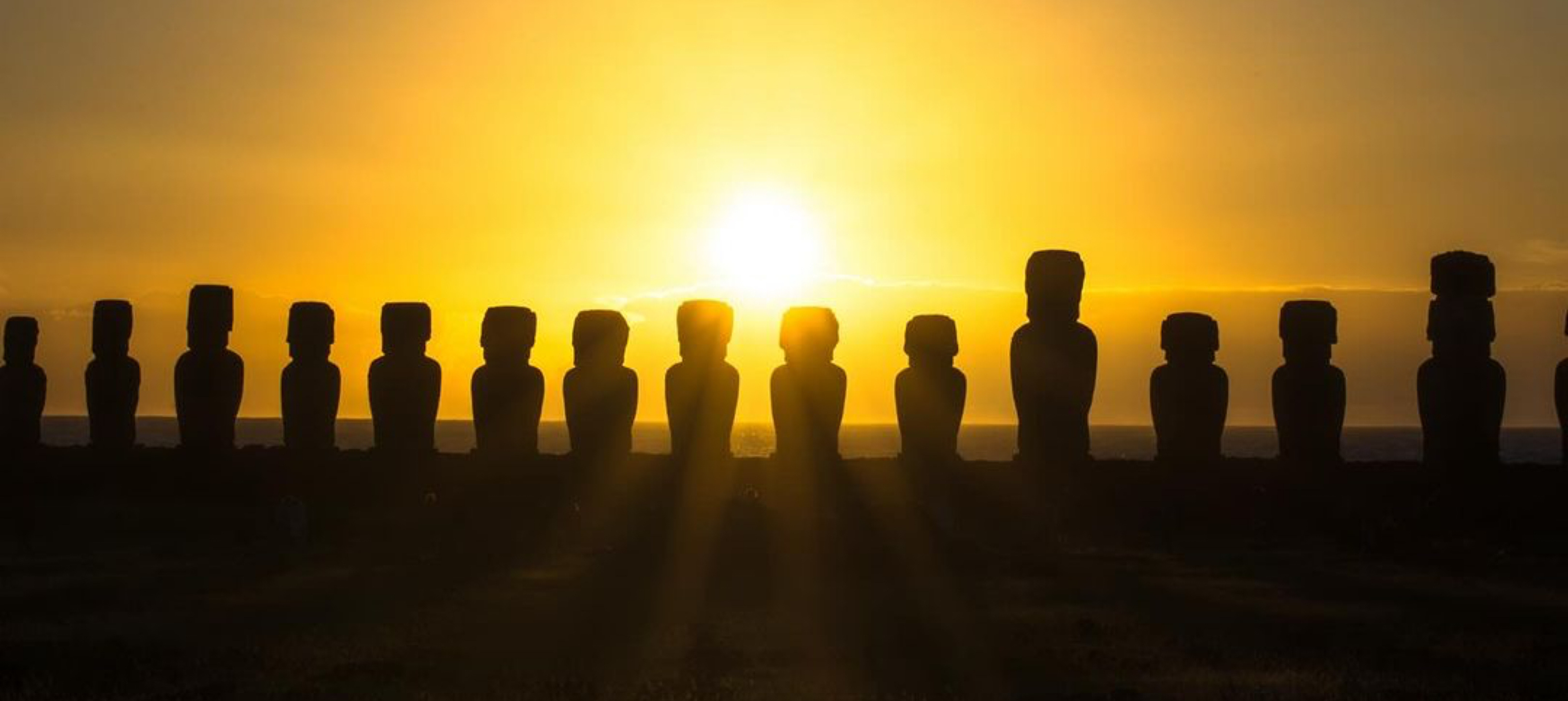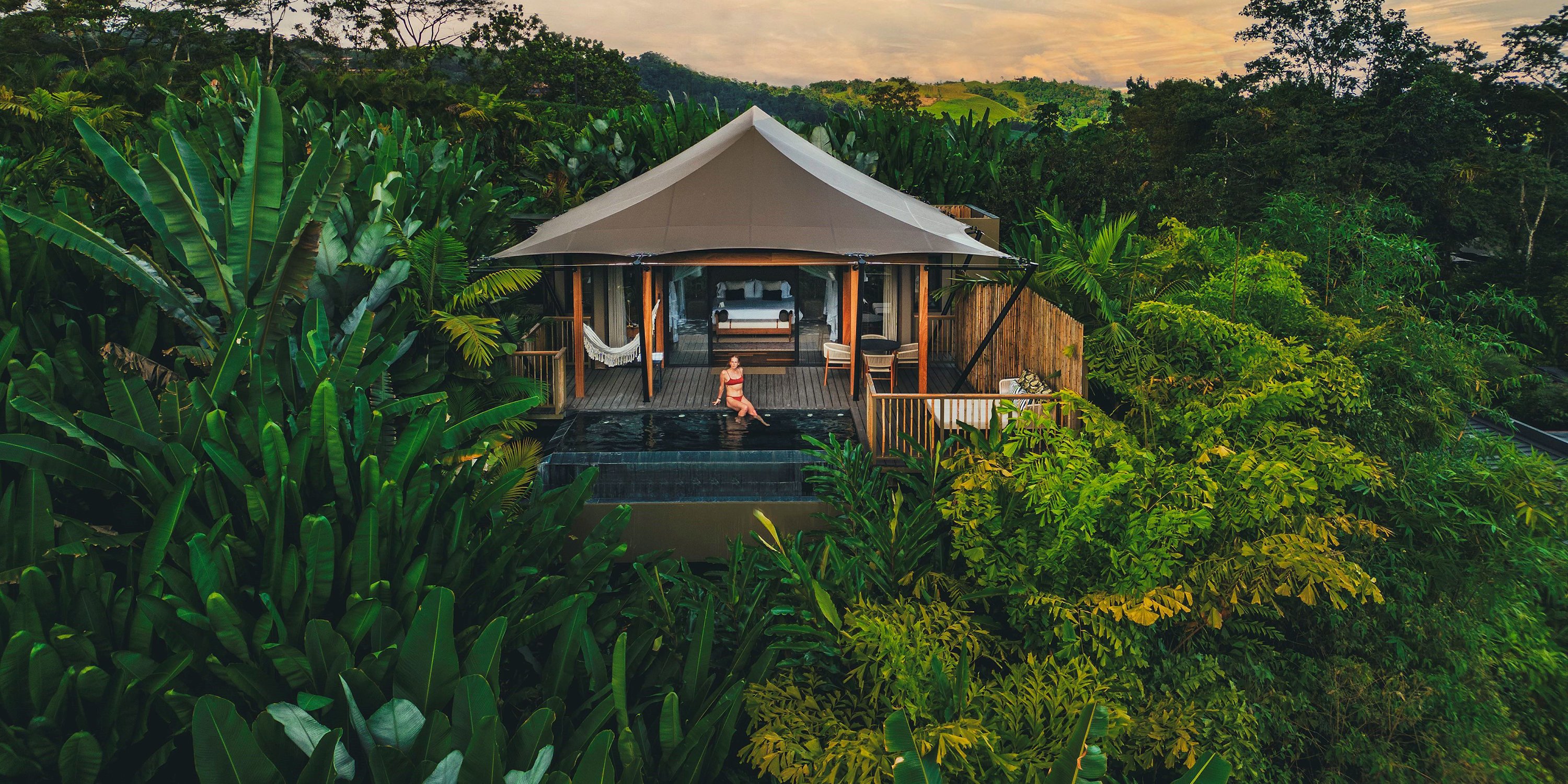
Why Nayara Resorts Is Latin America’s Leading Luxury Brand
Time is the highest currency. It is finite — it cannot be bought, extended, or replaced. Once lost, it never returns. Unlike material things or traditional markers of status, time is shared equally by all. The best way to spend it is immersed in place, where nature and culture are inseparable. What Nayara offers is a true immersive nature experience, without ever compromising comfort — the traditional definition of luxury. But luxury has changed, and our family of resorts across Costa Rica, Panama, and Chile are at the forefront.
Whether you are Elon Musk chasing Mars, or a Costa Rican farmer chasing the perfect coffee bean, you still have the same twenty-four hours a day. How you spend them is what makes life — and travel meaningful.
And sometimes time moves slowly…very slowly.
Because Luxury at Nayara Begins with Nature (and Sloths)
Enter the sloth, the inevitable protagonist of our storyc— and of Costa Rica’s ascent as a global travel destination.
Biblically branded a deadly sin, this remarkable animal has staged one of the greatest PR comebacks in history. They've been reborn as rainforest royalty and, oddly enough, a kind of modern influencer. They’ve starred in movies, inspired yoga poses, and even earned their own hashtag holiday.
But beyond the memes lies something deeper. It turns out sloths aren’t lazy at all. They’re the ultimate rainforest strategists. At Nayara Tented Camp, our reforestation program created natural corridors where they and other wildlife returned to thrive. As a keystone indicator, it thrives only in a healthy rainforest. Its very presence proves reforestation has works
You might not expect them on a Caribbean island, but Nayara Bocas del Toro is home to a mangrove-dwelling variety of its own. This Machiavali of the mangroves proves that strategy, not speed, wins in nature’s game.
And in Chile — where no sloth has ever lived — the wisdom takes another form. If sloths move slow our ambassador doesn't move at all. At Nayara Hangaroa, it’s the iconic Moai, stone giants that have stood as silent guardians of culture and belonging for centuries. They outlasted empires and remind us that permanence is power.
Together, sloths and Moai teach us that true luxury is not speed, excess, or opulence. It is belonging fully to place and spending our most precious resource – time – meaningfully. This is the new luxury.
Together, sloths and Moai teach us that true luxury is not speed, excess, or opulence. It is belonging fully to place and spending our most precious resource – time – meaningfully. At Nayara, this vision comes to life through our pillars: bespoke experiences rooted in place, holistic wellness rooted in nature, and regenerative travel that goes beyond sustainability.
Because our Night Sky Experiences are Rooted in Place
In the summer of 1969, one small step for man changed the history of mankind. Yet long before Apollo 11—about four billion years before—the Moon had already been shaping our story, pulling the strings behind the curtain with its gravity. By slowing Earth’s spin, forming tides, and shielding us from debris, it made life possible.
On Earth, the Atacama Desert is the closest thing we have to another planet. Its barren valleys and salt flats make it so Mars-like that NASA trains astronauts there for future missions to the red planet. By day, it’s barren. By night, the quality of its stargazing is unrivaled. Dry air, high altitude, and zero light pollution make the heavens blaze with impossible clarity.
At our own observatory, guests can trace Saturn’s rings and other celestial wonders with the help of our expert astronomical guides. From sloth-gazing to stargazing, that same Moon connects every corner Nayara. On Rapa Nui, it once guided voyagers across the Pacific. In Panama, it glimmers above bioluminescent bays. In Costa Rica, it lights the rainforest, where frogs and other nocturnal inhabitants emerge on guided night walks with our on-staff naturalists.
These are immersive experiences rooted in place, shaped by the rhythms of nature, unique to each setting.
Trace the Moon’s path across desert, rainforest, & glowing ocean
Nayara by Night: of Moon & Stars
Because we go Beyond Sustainability
If the Moon governs reflection, the Sun commands action. And on October 2 of 2024, the island of Rapa Nui became one of the best vantage points for a total solar eclipse: a phenomenon that is only possible because of a cosmic coincidence—the Sun is 400 times larger than the Moon, but also exactly 400 times farther away.
At Nayara Hangaroa, the opportunity was literal. Our recently completed solar panel project harnessed the same power that lit the eclipse. Nayara Alto Atacama led the way two years earlier, transforming relentless desert light into clean energy, earning us an S-certification, Chile's highest standard for sustainability, in the process.
The story was different in Costa Rica, a nation that was green before green started trending. Here, solar panels weren't needed because the national grid already ran on clean energy—hydro, geothermal, and wind.
Instead, we turned to the land itself, replanting thousands of native trees on former barren cattle pasture. Cecropias grew, sloths returned, wildlife corridors were created, and with them, balance restored. This was just one of myriad factors that led to our Arenal resorts, Nayara Gardens, Nayara Tented Camp, and Nayara Springs, achieving coveted green globe status and full carbon neutrality.
Far away, on Easter Island, the story was more complex. One of the most remote inhabited islands on Earth, adrift in the Pacific 2,000 miles from the nearest continent, it's a place where culture, mystery, and landscape merge into something singular.
And nothing could be more singular than the Moai. Nearly a thousand of these stone giants—some weighing more than 80 tons—were constructed without metal tools, wheels, or beasts of burden, and then somehow moved dozens of miles across the island.
These ancient Moai builders went on to suffer centuries of colonization, disease, and near-extinction. Yet the culture persisted and today it is being reclaimed. At Nayara Hangaroa, we are proud to be part of that story, and we're even prouder to be partially owned by a local Rapa Nui family, the Hito, whose leadership continues to shape the island.
Like the Moai themselves, cultural preservation is about endurance. Protecting traditions is as vital as planting trees or building solar grids. It is what makes travel regenerative, ensuring communities and ecosystems alike are left stronger than we found them.
At Nayara, we believe sustainability is not an endpoint but a beginning. For us, the question is not just how to avoid harm, but how to leave each ecosystem stronger than we found it. This is the meaning of beyond sustainabillity.
Dive deeper into our sustainability initiatives
Sunlit Sustainability: Nature-Powered

Because Nature Defines our Wellness Experience
If community anchors us, wellness restores us. At Nayara, wellness isn’t a list of treatments on a spa menu —it flows directly from the environments that surround us. It is holistic by design, caring for body, mind, and spirit in equal measure.
A Caribbean archipelago of mangroves, reefs, and rainforest, Bocas del Toro is a place where the pace slows the moment your boat arrives. There are no roads, no cars, no background hum of modern life—only the sound of waves brushing the shore of the private island we call home. Here spa rituals happen on your overwater villa deck with the ocean stretching out below, or high in our new treehouse spa suspended 50 feet above the canopy, where wellness is elevated quite literally.
In Costa Rica, the rainforest and its most commanding resident, the Arenal Volcano, write the rituals. Mineral-rich hot springs heated deep underground soothe body and mind, while treatments use rainforest ingredients like volcanic mud and cacao. Open-air pavilions host sound healing and guided-yoga classes that flow with the rhythm of the forest unfurling below.
Science echoes what these landscapes have long taught. Time in nature measurably lowers cortisol, eases blood pressure, strengthens immunity, and improves sleep. Even twenty minutes outdoors can reset the body’s stress response, while natural soundscapes—birdsong, wind, water—lift mood and sharpen focus.
Because These Principles Define Nayara
Taken together, these pillars – and the icons that embody them – define a new vision of luxury. Nature is not an accessory to our hotels – it’s the foundation, partner, and constant presence.
The sloth teaches us that life isn’t about speed. The Moai teach us endurance and cultural belonging.
Together, they remind us that true luxury is not found in excess, but in the deliberate choice to spend time meaningfully and in connection with place, people, and nature.
Now it’s your turn.
Witness the clearest skies on Earth, soak in your villa's private hot-springs plunge pool, enjoy a massage from your overwater villa’s floating deck, and finally check off “see the Moai” from your bucket list.
Sloths may move slowly and Moai not at all, but the time to start living fully doesn't.
And the adventure of a lifetime begins the moment you decide.
Start Your Nayara Journey Today
Frequently Asked Questions
-
What defines luxury at Nayara?
Luxury at Nayara is rooted in nature, space, and a sense of place rather than excess. Each resort reflects local ecosystems, cultural values, and a quieter form of high-end hospitality. -
How does Nayara bring nature into each guest experience?
Every property is built within its environment. Rainforest paths, desert plateaus, and coastal mangroves shape how guests move, rest, and connect with the natural world. -
What role does purpose play in Nayara’s approach to hospitality?
Purpose guides daily operations. Regeneration, cultural preservation, and community partnership define how decisions are made across Nayara Resorts. -
How do Nayara properties express this philosophy?
Each resort expresses luxury through its own landscape. Nayara Springs and Nayara Tented Camp reflect the rainforest, Nayara Bocas del Toro embodies the meeting of sea and forest, and Nayara Alto Atacama and Nayara Hangaroa honor the desert and volcanic origins of their surroundings. -
How is Nayara redefining luxury for the future?
Nayara focuses on impact, not extravagance. Future luxury is measured through cultural connection, ecological restoration, and the feeling of belonging to a place. -
What can travelers expect across all Nayara destinations?
A calm rhythm, meaningful encounters with nature, regional food traditions, and hospitality shaped by the communities who call these landscapes home.



.jpg)